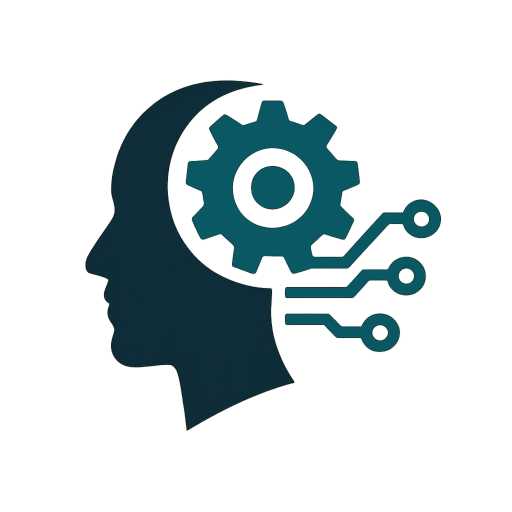In the early years of artificial intelligence, most systems relied on rules. These were carefully written sets of instructions: if–then statements, decision trees, and logic that told the machine exactly how to behave. But this approach had limits. Human beings don’t operate only by explicit rules; they learn from experience, adapt to new information, and generalize to new situations.
The quest to capture that adaptability gave rise to a new paradigm: neural networks.
The First Generation: The Perceptron
In the late 1950s, researchers introduced a model inspired by the way biological neurons process signals. This early “Perceptron” could recognize simple patterns, like distinguishing between shapes or letters.
The initial excitement was strong, with bold claims about what such systems might achieve. But limitations quickly became obvious. Simple networks could not solve even basic logical problems, and enthusiasm waned as criticism mounted. Neural networks slipped into the background.
Layers and Learning: A Second Chance
In the 1980s, neural networks returned with the help of a new technique for training them: backpropagation. This allowed networks with multiple layers — not just single-layer perceptrons — to adjust their internal connections more effectively.
These “multilayer perceptrons” could capture more complex patterns, but there was a catch. Training them required significant computing power and large amounts of data. At the time, both were in short supply. Progress continued, but slowly.
The Breakthrough of Scale
By the early 2000s, the missing ingredients finally arrived.
- Data: The digital age produced massive datasets, from images to text to audio.
- Compute: Graphics processors, designed for video rendering, turned out to be ideal for the linear algebra at the heart of neural networks.
With these tools, researchers could build deep networks — systems with many layers of processing that could uncover far more subtle patterns.
The turning point came when deep networks outperformed traditional methods on large-scale tasks like image recognition. Accuracy jumped forward in a way that had not been seen before. What had once seemed impractical suddenly became the new standard.
The Deep Learning Era
From this point forward, deep learning spread rapidly:
- Vision: Recognizing faces, objects, and even medical scans.
- Speech: Turning spoken words into text with accuracy that approached human levels.
- Language: Building systems that could translate, summarize, and converse.
- Games and control: Machines learning to master complex environments through trial and error.
Deep learning didn’t replace every branch of AI, but it became its most visible and successful engine.
Why It Worked
The success of deep learning came from convergence:
- Better algorithms for training deeper networks.
- Larger datasets that allowed those networks to learn meaningful representations.
- Faster hardware that made training feasible in days rather than years.
Together, these turned neural nets from a fragile idea into a practical force.
Conclusion: Machines That Learn
Part 6 marks the shift from machines that could only follow explicit instructions to machines that could learn from data and improve through experience. This opened the door to systems that could adapt to new challenges in ways earlier approaches never managed.
In Part 7: AI in the Real World: From Chess Masters to Self-Driving Cars, we’ll explore how these advances moved from research labs into public life — producing milestone moments where machines began to outperform humans in tasks long thought to be beyond their reach.
